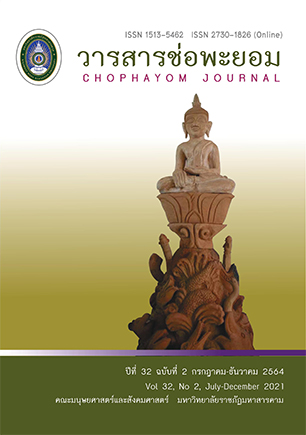Forecasting Technology of Spatio-temporal Changes of Water Pollution Public Opinion
Keywords:
public opinion, water pollution, forecasting, BP neural network, fractal interpolationAbstract
This article aimed to summarize online public opinion about water pollution from the Weibo website and builds a forecasting framework. Collected from Weibo Website, the data in this study are public opinion in the form of microblog from January 1, 2015, to December 31, 2017, through web crawler technology; for the spatial analysis, Beijing, Nanjing, Nanning, Huludao, Xianyang, and Dehong were chosen as examples to find the online public opinion data. The data were analyzed by using the backpropagation (BP) neural network and the fractal interpolation method. Through the comparison of the two methods, the forecasting accuracy of the number of microblogs in 2017 by the BP neural network model is higher than that of the fractal interpolation model; but for the peak forecasting of a sudden increase in the number of microblogs, the fractal interpolation has done better. It can be said that the two models have their advantages in microblog public opinion forecasting due to their different theories. In the case of a spatial forecasting, the fractal interpolation model has less error rate in forecasting and the accuracy at a later point in time is more accurate than predicting the long-term public opinion. Therefore, the fractal interpolation model is suitable for predicting random events, but it needs to take into account the low forecasting results. The implications are included.
Keywords: public opinion, water pollution, forecasting, BP neural network, fractal interpolation
References
Bas, E., Egrioglu, E., Aladag, C. H., Yolcu, U. (2015). Fuzzy-time-series network used to forecast linear and no nlinear time series[J]. Applied Intelligence, 43(2):343-355.
Bing, L. (2017). Research and implementation of network public opinion text classification technology based on Markov logic network [D]. Nanjing: Nanjing University of Posts and Telecommunications.
Glynn, C. J. (1986). The Spiral of Silence: Public Opinion--Our Social Skin. By Elisabeth Noelle-Neumann. University of Chicago Press[J]. Social Forces, 64(3): 828-829
Hua, Z. (2014). Research on Weibo Public Opinion Forecasting Model Based on Optimized BP Neural Network [D]. Wuhan: Central China Normal University.
Hua, Z. (2014). Weibo Public Opinion Forecasting Model Based on Optimized BP Neural Network [D]. Wuhan: Central China Normal University.
Leemann L, Wasserfallen F. (2017) Extending the Use and Forecasting Precision of Subnational Public Opinion Estimation[J]. American Journal of Political Science, 61(4).
Li, Y. (2017). Online Public Opinion Technology Based on Improved k-Nearest Neighbor Algorithm [J]. Automation and Instrumentation, (06): 64-68
Min, L. (2013). Internet Public Opinion: Research on Influencing Factors and Their Mechanisms [D]. Hangzhou: Zhejiang University.
Ning, D. (2007). The method for information mining in online public opinion [D]. Harbin: Harbin Institute of Technology.
Ohnishi, T. (1992). A method to forecast quantitative variables relating to nuclear public acceptance[J]. A nnals of Nuclear Energy, 19(7):381-392.
Shutingm L. (2017). Research on key technologies of public opinion based on social networks [D]. Changchun: Jilin University.
Siyuan, Z. (2012). Network mass events and their governance mechanisms [D]. Changchun: Jilin University.
Wenhui, L. (2014). Network Public Opinion Report on Water Pollution Incidents in 2013 [J]. New Media and Society, (03): 196-213
Xinxin, R. (2006). Establish an all-round social early warning mechanism [J]. Reference for Middle School Political Teaching, 2006(2): 6-7.
Yi, L. (2007). Introduction to Public Opinion Research Network. Tianjin: Tianjin People's Publishing House, 53-54.
Zhongling, M. (2007). Network Public Opinion Analysis Technology Based on Web Information Mining[J]. Journal of Chinese People’s Public Security University (Natural Science Edition), 2007, (04): 85-88.






